Sonus Paradisi
Noordwolde, 1658-1833 [Hauptwerk]
Noordwolde, 1658-1833 [Hauptwerk]
Couldn't load pickup availability
Noordwolde, Huis - Freytag - Lohman Organ
The church of St. Sebastian in Noordwolde is known to have had an organ as early as the sixteenth century, but nothing is known about its layout. In 1621, an extensive restoration of the church took place, including the organ.
In 1658, a new organ was built by Hendrik Huis, who reused a lot of the old pipes. The organ then had 3 manuals and 27 stops. Arp Schnitger himself performed maintenance tasks of this organ in 1695.
In 1802, Heinrich Hermann Freytag rebuilt the organ, reusing most of the older material, resulting in an instrument with 2 manuals, pedal and 20 stops.
In 1833, Antoni Lohman performed a further rebuild of the instrument. Three stops were replaced, the instrument was revoiced, and the tuning changed. For the next 170 years, the organ was not subject to any major alteration.
Presented to you by Leonart Studio, your authorised reseller for Sonus Paradisi in Switzerland (shipped internationally). Get your digitally sampled historical organs for the use with the Hauptwerk virtual instrument software.
Share this Sample Set
![Noordwolde, 1658-1833 [Hauptwerk]](http://artful.shop/cdn/shop/files/ss_Noordwolde1.jpg?v=1693278534&width=1445)
![Noordwolde, 1658-1833 [Hauptwerk]](http://artful.shop/cdn/shop/files/ss_Noordwolde2.jpg?v=1693278534&width=1445)
![Noordwolde, 1658-1833 [Hauptwerk]](http://artful.shop/cdn/shop/files/ss_Noordwolde3.jpg?v=1693278535&width=1445)
![Noordwolde, 1658-1833 [Hauptwerk]](http://artful.shop/cdn/shop/files/ss_Noordwolde4.jpg?v=1693278535&width=1445)
![Noordwolde, 1658-1833 [Hauptwerk]](http://artful.shop/cdn/shop/files/ss_Noordwolde5.jpg?v=1693278535&width=1445)
![Noordwolde, 1658-1833 [Hauptwerk]](http://artful.shop/cdn/shop/files/ss_Noordwolde11_0d615ff7-ba5d-4e5c-b7b1-3c0f4b9fd4c4.jpg?v=1693278534&width=1445)
Specification (stop list)
-
Manual I
Hoofdwerk C-d3 [-f3]
Praestant 8′
Roerfluit 8′
Viola di Gamba 8′
Octaaf 4′
Fluit 4′
Fluit 2′
Mixtuur III-VI
Trompet 8′ -
Manual II
Rugwerk C-d3 [-f3]
Holpijp 8′
Praestant 4′
Roerfluit 4′
Octaaf 2′
Speelfluit 2′
Flageolet 1′
Vox Humana 8′ -
Manual III
-
-
Manual IV
-
-
Pedal
Pedaal C-d1 [-f1]
Bourdon 16′ (1802)
Praestant 8′
Octaaf 4′
Bazuin 16′
Cornet 4′ -
Other specification
Couplers:
RP/HWbass
RP/HW descant
HW/P
More couplers may be achieved through the Hauptwerk Master Couplers.
Accessories:
Tremulant for the whole organ.
History
Noordwolde, Huis - Freytag - Lohman Organ
The church of St. Sebastian in Noordwolde is known to have had an organ as early as the sixteenth century, but nothing is known about its layout. In 1621, an extensive restoration of the church took place, including the organ. When a new tower was built in 1639 the space between the nave and the tower was used for the organ's bellows - which are still found there today.
In 1658, a new organ was built by Hendrik Huis, who reused a lot of the old pipes. The organ then had 3 manuals and 27 stops. Arp Schnitger himself performed maintenance tasks of this organ in 1695.
In 1802, Heinrich Hermann Freytag rebuilt the organ, reusing most of the older material, resulting in an instrument with 2 manuals, pedal and 20 stops.
In 1833, Antoni Lohman performed a further rebuild of the instrument. Three stops were replaced, the instrument was revoiced, and the tuning changed. For the next 170 years, the organ was not subject to any major alteration.
In 2004-2006 the organ was restored by the Mense Ruiter company, retaining its 1833 state. It is a truly historical instrument with most of its pipework dating back centuries. Its character is created by a rich principal chorus, a wide variety of flutes, a Vox Humana enclosed in a wooden box, a 19th-century Viola da Gamba (a string stop), and a wooden hammer "Schel" to give the signal to the calcant. The Basuin 16´ is believed to be the oldest surviving sixteen-foot pedal reed stop in the world. The temperament is slightly unequal, reconstructed after the Lohman's pattern.
Further reading:
Organ of Noordwolde - an extensive article compiled by Dr. Adrian de Groot
Web of the organ: http://orgelnoordwoldegroningen.nl/
Features
The samples are offered in 48kHz/24bit resolution. The multiple releases have three levels: short, mid and long. Hauptwerk v4.2 and higher supported. The sample set is offered in plain wave format.
Reverb time
The reverb time is ca. 2 seconds.
Keyboards, pedalboard
The original compass of the keyboards is 51 keys (C, d3), extended in Hauptwerk to f3 via a dedicated mixer switch. The original compass of the pedal division is 27 keys (C-d1), extended to f1 in the sample set.
Tremulants
All ranks were recorded with the Tremulant for the most convincing tremulant behavior. The ranks are marked "tremmed" in the rank description.
Surround format
The sample set is offered in the Surround variant (8 channels). There are direct channels, featuring the sound of the organ immediately in front of the organ case. The diffuse perspective captured the sound in the church, further from the organ. The distant channels were captured even further from the organ. The rear perspectives is designed for the rear speakers of the audio setup. The perspectives can be mixed together freely to achieve any virtual listening position, or used separately - depending on the prefererences of the user. A dedicated "mixing desk" is available in Hauptwerk to mix the sound to the desired level.
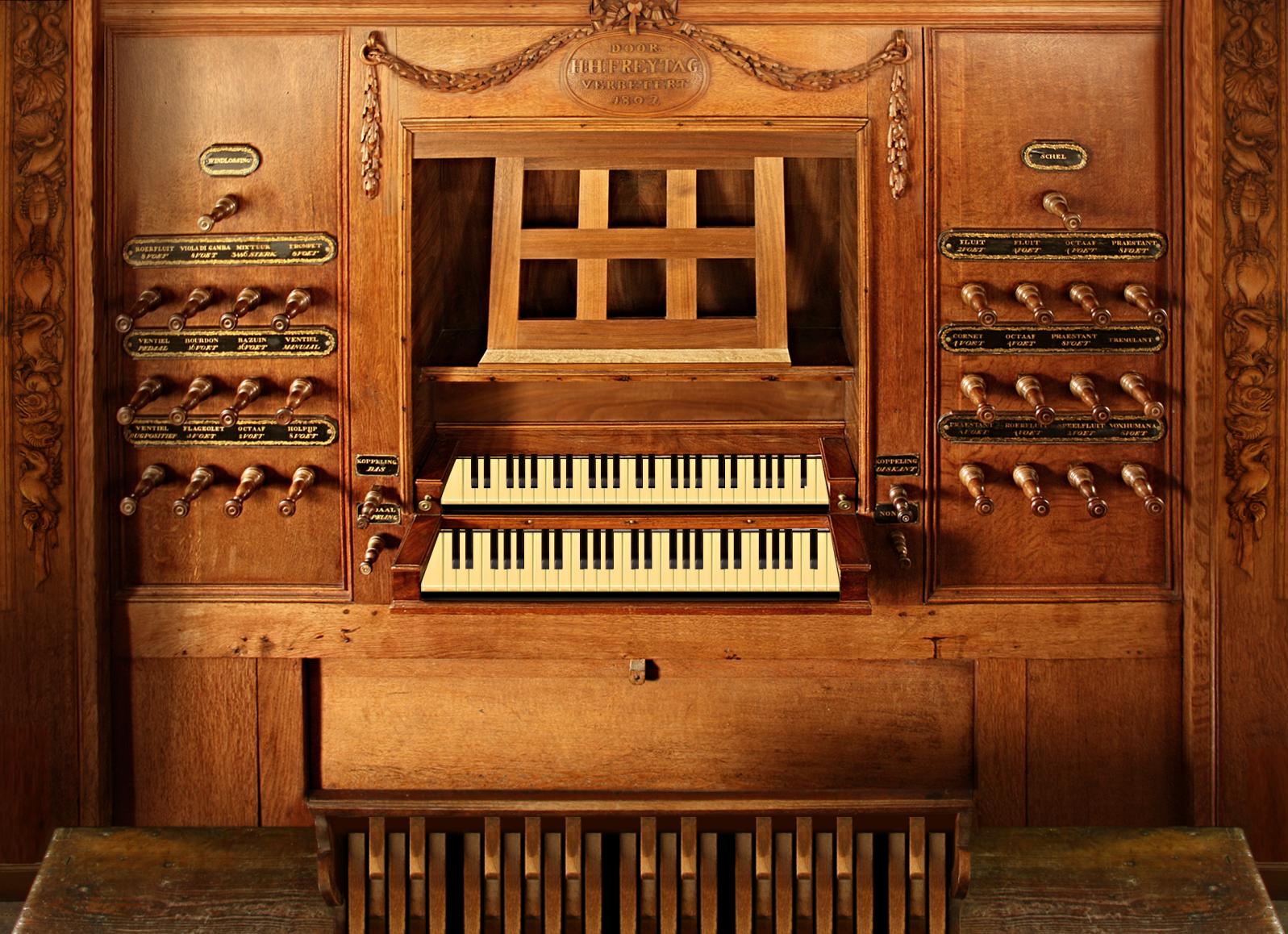
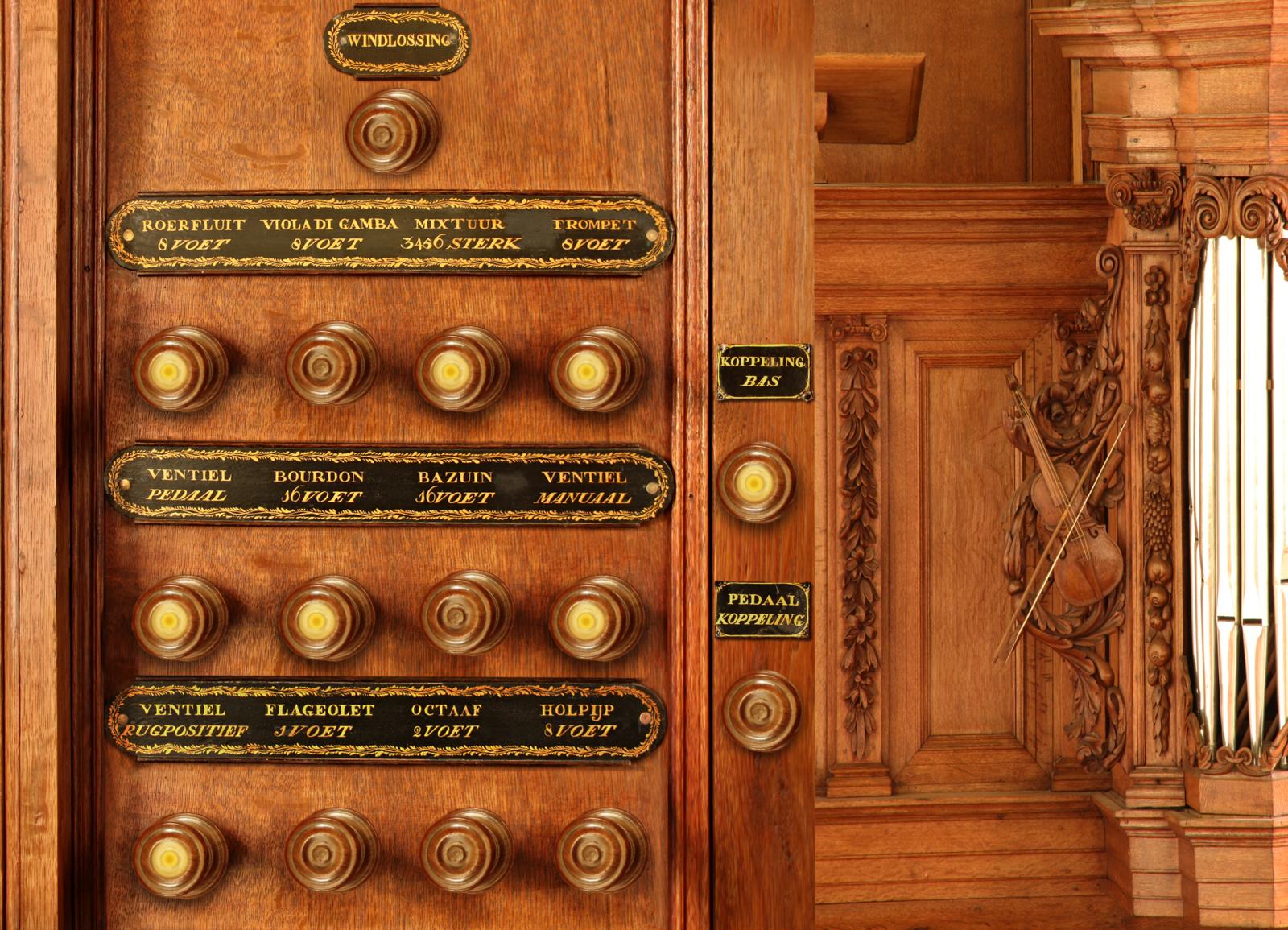

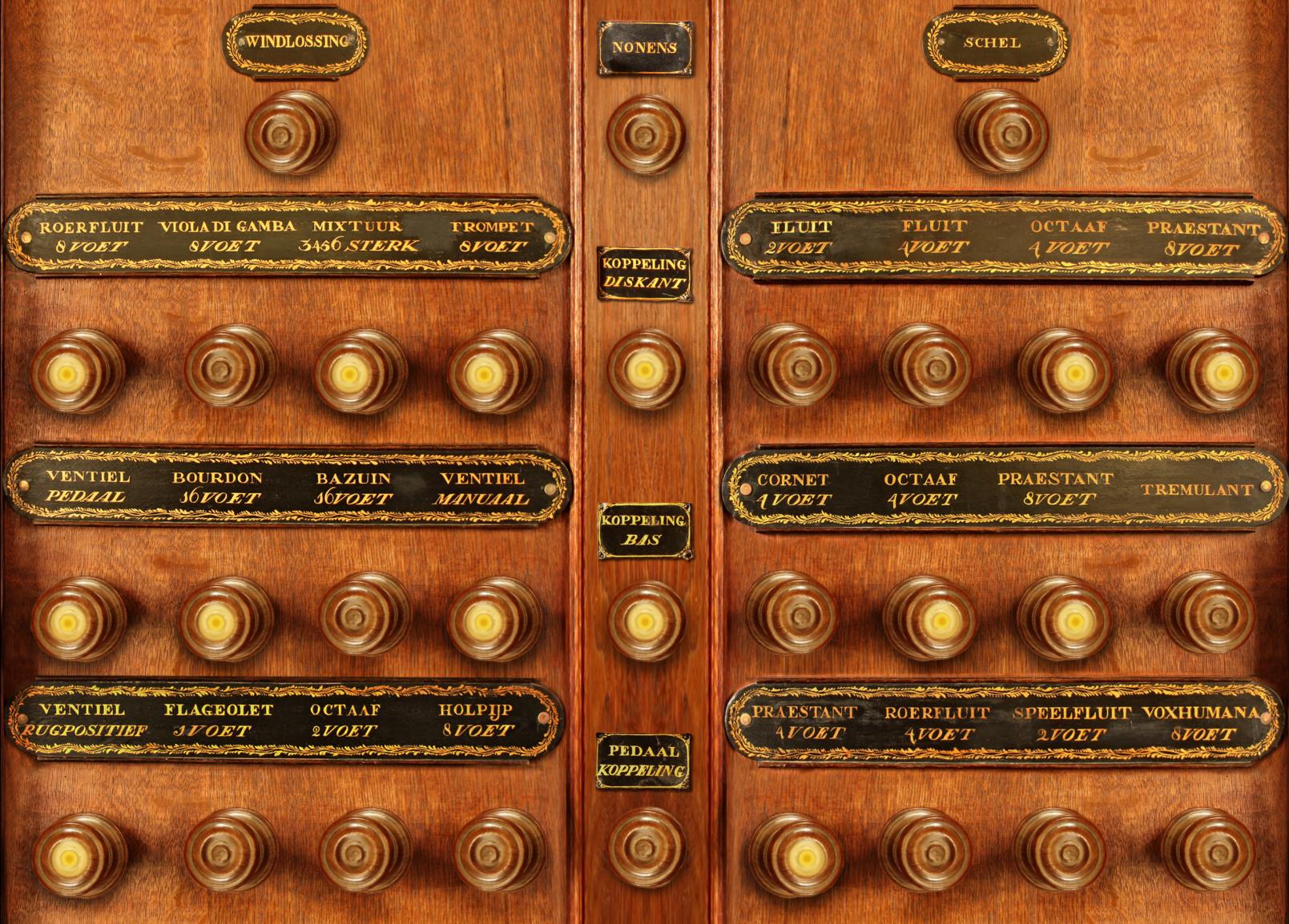
Requirements
Hauptwerk v4.2 and higher supported. The sample set is offered in plain wave format.
RAM consumption: 8-channel surround
16-bit, other settings default: 18 GB
20-bit, other settings default: 29 GB (recommended)
24-bit, other settings default: 34 GB
Screen resolution 1280x1024 px or more.
Polyphony of 6000 voices recommended for the full suround (3000 pipes minimum).
This Hauptwerk Sample Set is presented to you by Leonart Studio, an authorised reseller for the manufacturer Sonus Paradisi in Switzerland (shipping internationally). Enjoy this digitally sampled organ library for the use with Hauptwerk software and start expanding your historical organ collection today.
More Hauptwerk Sample Sets
-
Casavant, 1995 [Hauptwerk]
Vendor:Sonus ParadisiRegular price CHF 174.90Regular priceUnit price / per -
Bückeburg, 1997 [Hauptwerk]
Vendor:Sonus ParadisiRegular price From CHF 1.10Regular priceUnit price / per -
Schwerin, Dom, Ladegast Organ 1871 [Hauptwerk]
Vendor:Sonus ParadisiRegular price CHF 616.00Regular priceUnit price / per -
Segovia, 1772 [Hauptwerk]
Vendor:Sonus ParadisiRegular price CHF 317.90Regular priceUnit price / per -
Reuter, 1928 [Hauptwerk]
Vendor:Sonus ParadisiRegular price CHF 473.00Regular priceUnit price / per -
Rotterdam Hoofdorgel, 1973 [Hauptwerk]
Vendor:Sonus ParadisiRegular price From CHF 330.00Regular priceUnit price / perCHF 958.10Sale price From CHF 330.00Sale -
Groningen, 1450-1740 [Hauptwerk]
Vendor:Sonus ParadisiRegular price From CHF 658.90Regular priceUnit price / perCHF 1,681.90Sale price From CHF 658.90Sale -
Frankfurt a.d. Oder, 1975 [Hauptwerk]
Vendor:Sonus ParadisiRegular price From CHF 220.00Regular priceUnit price / perCHF 550.00Sale price From CHF 220.00Sale -
Piacenza, 1838 [Hauptwerk]
Vendor:Sonus ParadisiRegular price CHF 330.00Regular priceUnit price / per -
Lüdingworth, 1683 [Hauptwerk]
Vendor:Sonus ParadisiRegular price CHF 330.00Regular priceUnit price / per

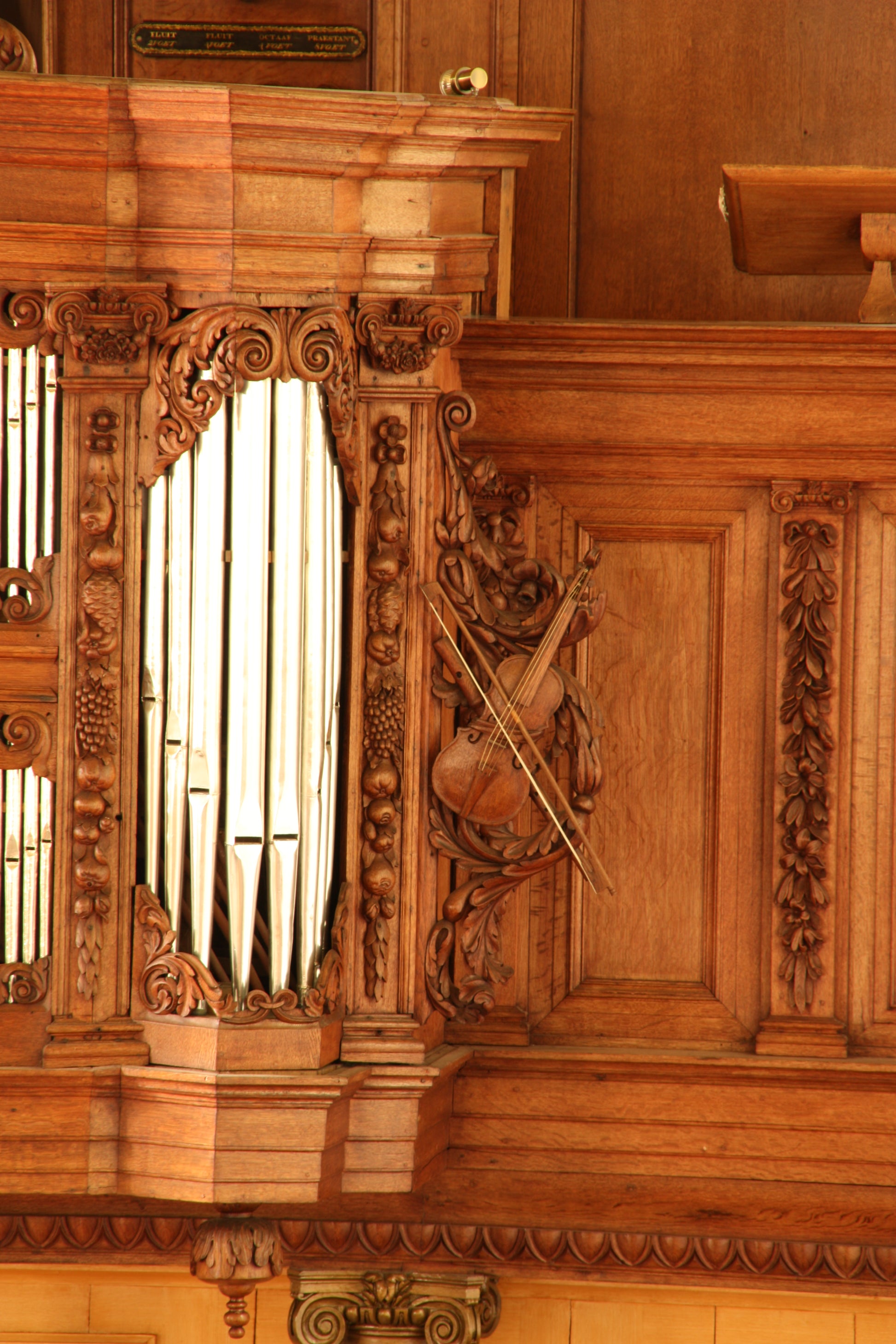
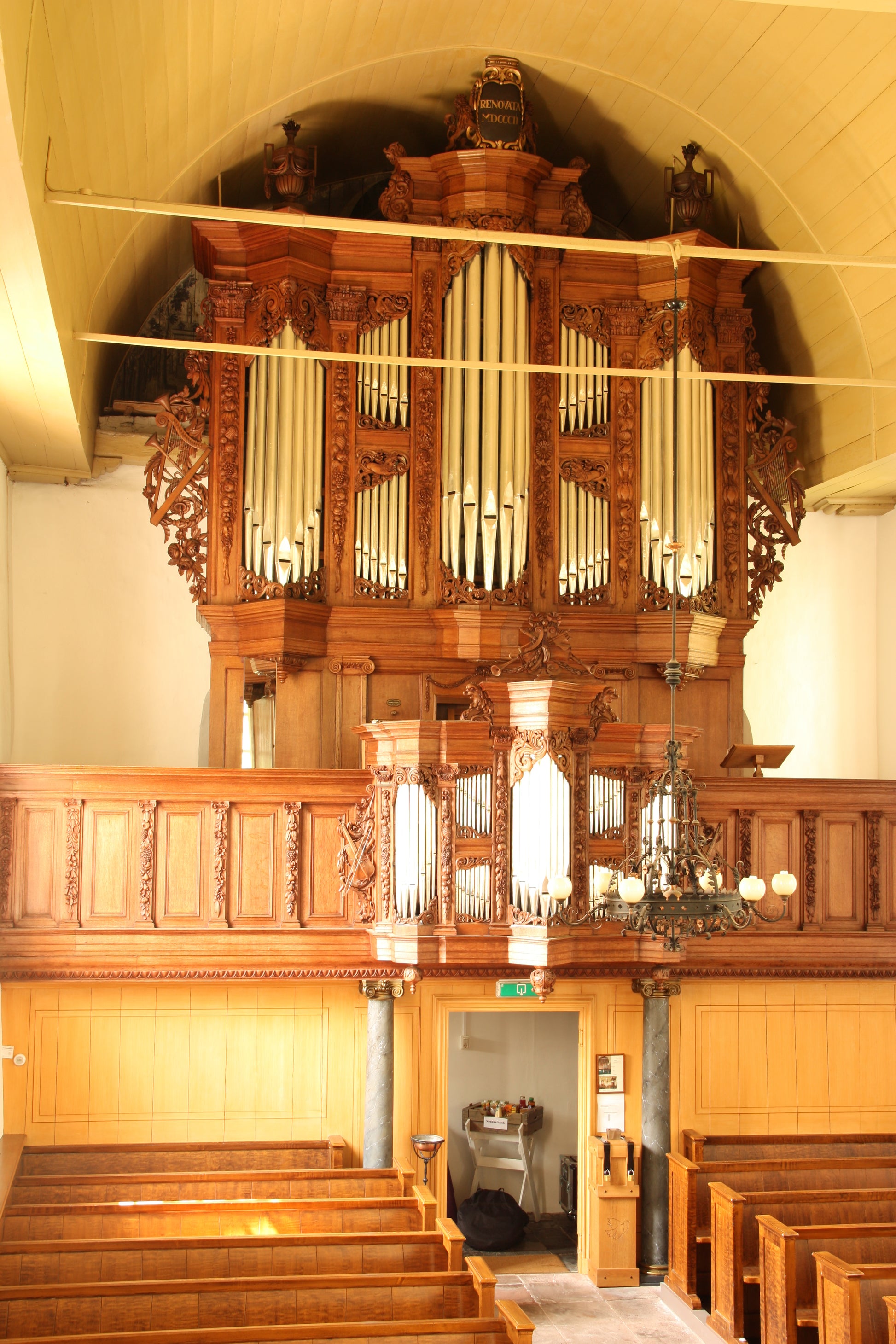
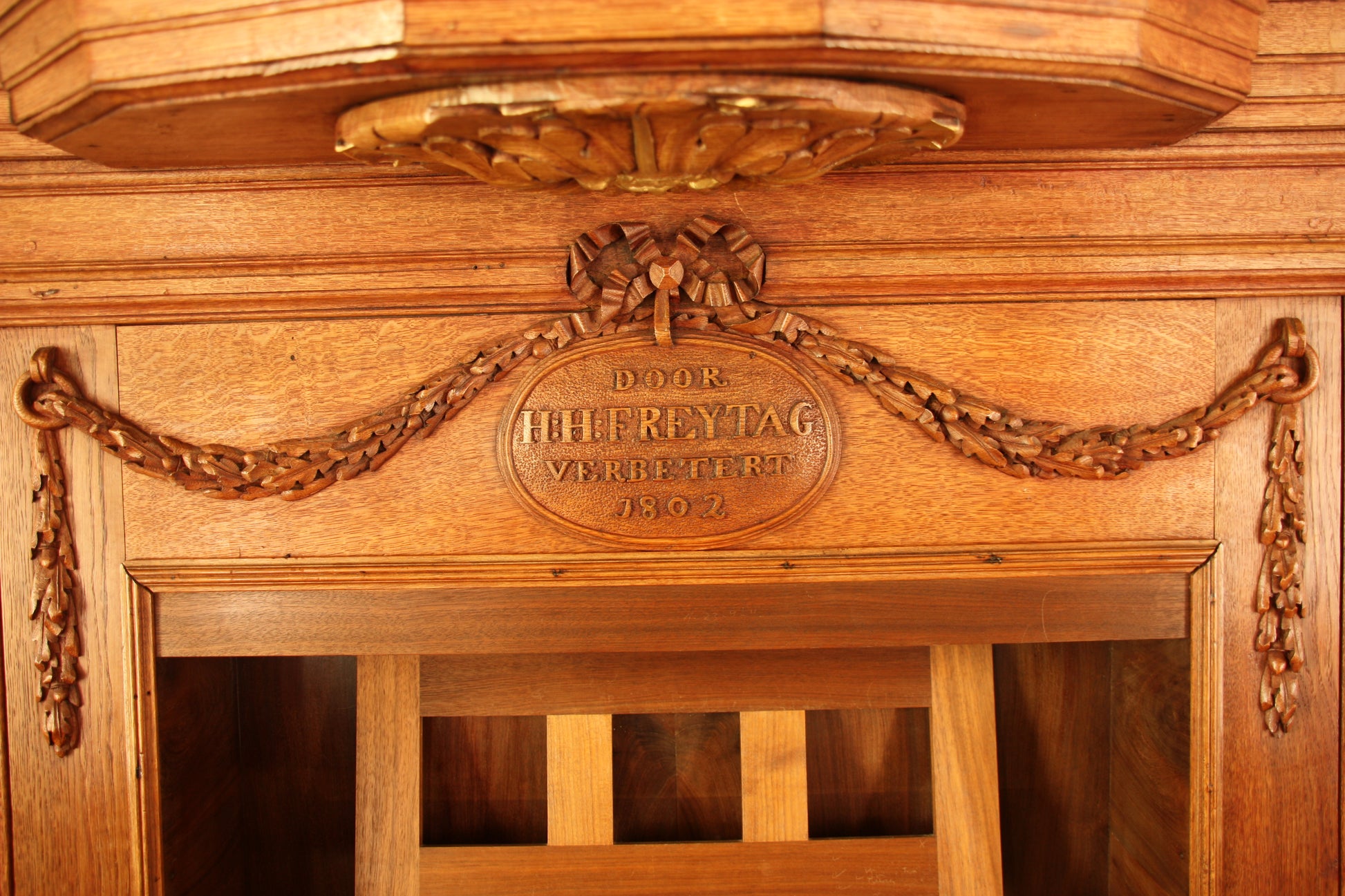


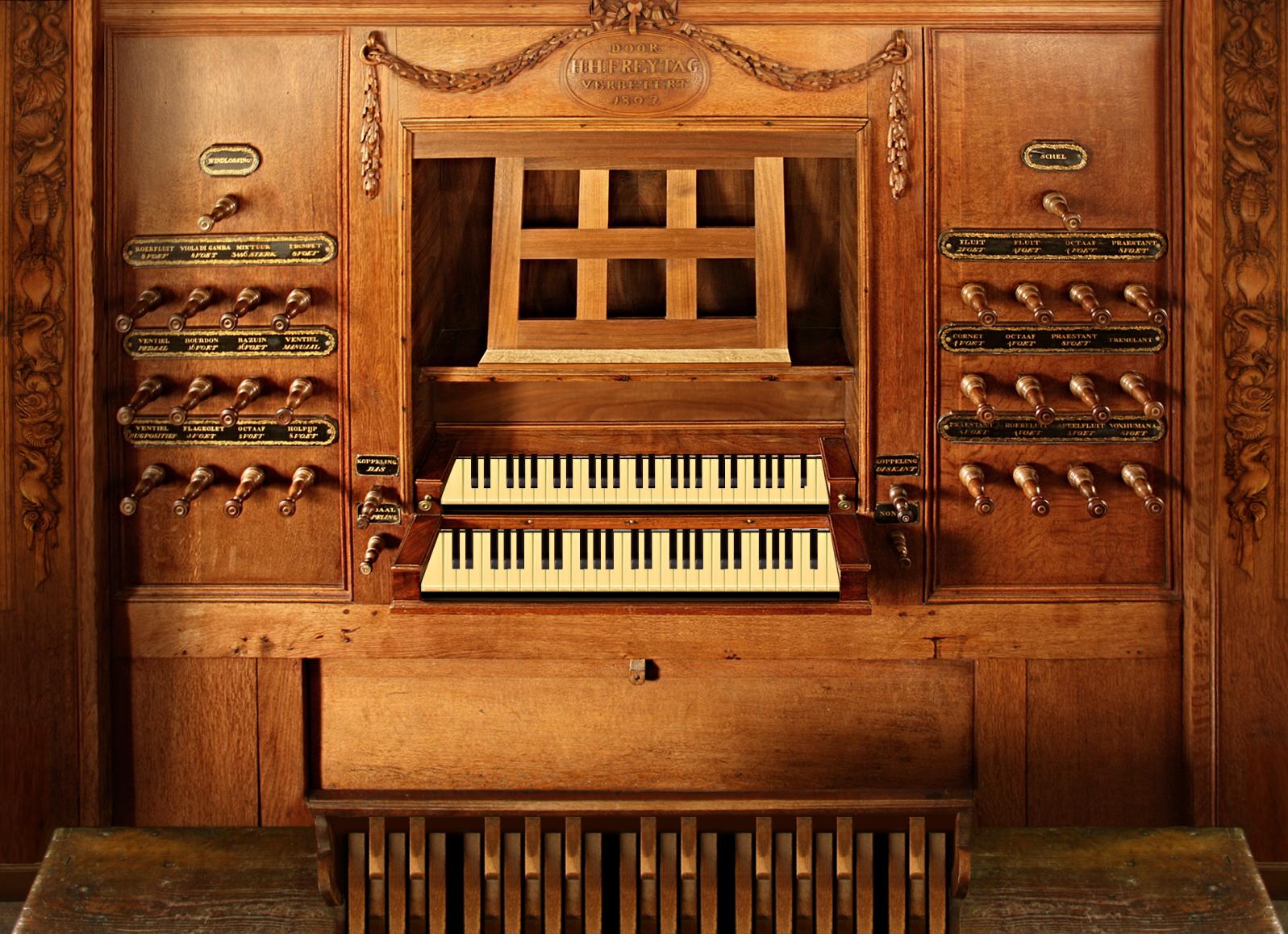
![Casavant, 1995 [Hauptwerk]](http://artful.shop/cdn/shop/files/ss_casavant1.jpg?v=1693319885&width=533)
![Bückeburg, 1997 [Hauptwerk]](http://artful.shop/cdn/shop/files/ss_bueckeburg1.jpg?v=1692967628&width=533)
![Schwerin, Dom, Ladegast Organ 1871 [Hauptwerk]](http://artful.shop/cdn/shop/files/ladegast1.jpg?v=1759140126&width=533)
![Segovia, 1772 [Hauptwerk]](http://artful.shop/cdn/shop/files/ss_segovia1.jpg?v=1714213906&width=533)
![Reuter, 1928 [Hauptwerk]](http://artful.shop/cdn/shop/files/ss_Reuter1.jpg?v=1693321024&width=533)
![Rotterdam Hoofdorgel, 1973 [Hauptwerk]](http://artful.shop/cdn/shop/files/ss_RotterdamMain1.jpg?v=1693279529&width=533)
![Groningen, 1450-1740 [Hauptwerk]](http://artful.shop/cdn/shop/files/ss_Groningen1.jpg?v=1693275425&width=533)
![Frankfurt a.d. Oder, 1975 [Hauptwerk]](http://artful.shop/cdn/shop/files/ss_frankfurtoder1.jpg?v=1692974219&width=533)
![Piacenza, 1838 [Hauptwerk]](http://artful.shop/cdn/shop/files/ss_piacenza1.jpg?v=1693003521&width=533)
![Lüdingworth, 1683 [Hauptwerk]](http://artful.shop/cdn/shop/files/ss_luedingworth1.jpg?v=1692998051&width=533)